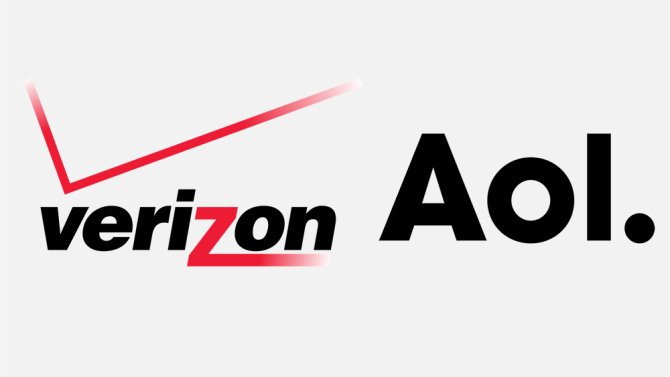By Kirk McDonald, President of PubMatic
This piece was originally posted on LinkedIn.

If there remained any lingering doubt about the critically important role that marketing/media technology will play in the future success of media companies, I’m hoping that news of the Verizon’s acquisition of AOL last week will put those thoughts to rest. The deal is noteworthy because the mobile telecom giant seems most interested in AOL’s media technology.
While I no longer have the day-to-day duties and challenges of a publisher, that mindset remains a part of my professional DNA. When I see an announcement like the Verizon-AOL deal, I find myself wondering how publishers will respond as the media landscape continues to be shaped by mega entities that blend media, technology and data.
As usual, a lot of us may be tempted to ask: how should we categorize the future Verizon-AOL? Is it a media company or a technology company? As the pundits suggests, I guess it should be added to whichever category we would assign Google and Facebook.
What should be clear at this point, how we categorize these companies is no longer worthy of a protracted debate. The unofficial consensus seems to be that these giants straddle both the media and technology worlds. In fact, they have become a frequent supplier of technology to publishers, while at same time acting as a media competitor to those same publishers.
eMarketer projects that Google, Facebook and Twitter will grab $11.68 billion of the U.S. digital display advertising market in 2015, representing about 43% of the entire non-search market. And it may not be long before it makes sense to add Verizon-AOL’s advertising revenue to that number. Even if these giant companies are not exactly “media companies,” they are competing for the same advertising revenue as publishers. So the debate as to whether they are media or technology companies is academic at this point.
The publishing community needs to take more direct action to respond to these giant market shifts. Every successful media company needs to find the independent marketing technology provider that will help them execute their business strategy and compete in this new environment.
During the last five years, publishing has changed to a degree that no one could have anticipated. Although the core fundamentals of the business – monetizing and managing the relationship between consumers, content and services – remain intact, the means have changed. Premium content is no longer the failsafe recipe for success that it was for publishers for decades. Instead, technology and data are upending the monetization strategies that publishers have relied on for so long.
Whether it’s data about consumers or data about how advertisers value inventory and audiences, successful publishers must transition to this new real-time world to remain competitive. That transition means retooling and rethinking the skillset of the publishing workforce. It also requires state-of-the-art technology solutions that are developed not only to enable publishers to compete today, but also designed to anticipate the seismic changes that occur with each passing quarter.
They need holistic inventory management platforms that offer real-time, and eventually predictive analytics. Publishers need marketing automation technology that will enable them to manage their sales, pricing and packaging, and go-to-market efforts strategically and at scale. This means automating the publisher’s marketing value chain. This includes everything from identifying a new buyer, qualifying that buyer, nurturing buyer relationships, executing a sale and identifying future opportunities to upsell and cross sell. Obviously, these are not new concepts to publishers. However, doing them successfully millions of times a week and in real-time is only possible when enabled by technology.
As publishers embrace this challenge, it’s imperative that they choose the right technology partner. Quietly, many publishers are becoming increasingly skeptical of the idea that the tech giants’ long-term business goals align with their success. At the same time the ad exchanges, more accurately described as branded marketplaces, are focused on creating liquid markets and are making clear investments to bolster their ability to drive to that end. These marketplaces are no more invested in a publisher’s success than the NASDAQ is invested in the success of a particular mutual fund that makes trades on its exchange.
There is simply no successful case study available that provides a blueprint of exactly how to reinvent a premium publishing company into a world-class media and technology operation. This effort in change management is a high wire act for most publishers. The marketplace’s quick and relentless shift to a world that demands software to execute strategy is making it a necessity.
So let’s quit looking for the answer to the wrong question, “Are Google and Facebook (and now Verizon-AOL) media companies or tech companies?” and start asking the right question, “How am I sourcing and using independent marketing technology to build a successful foundation for the media company of the future?”



